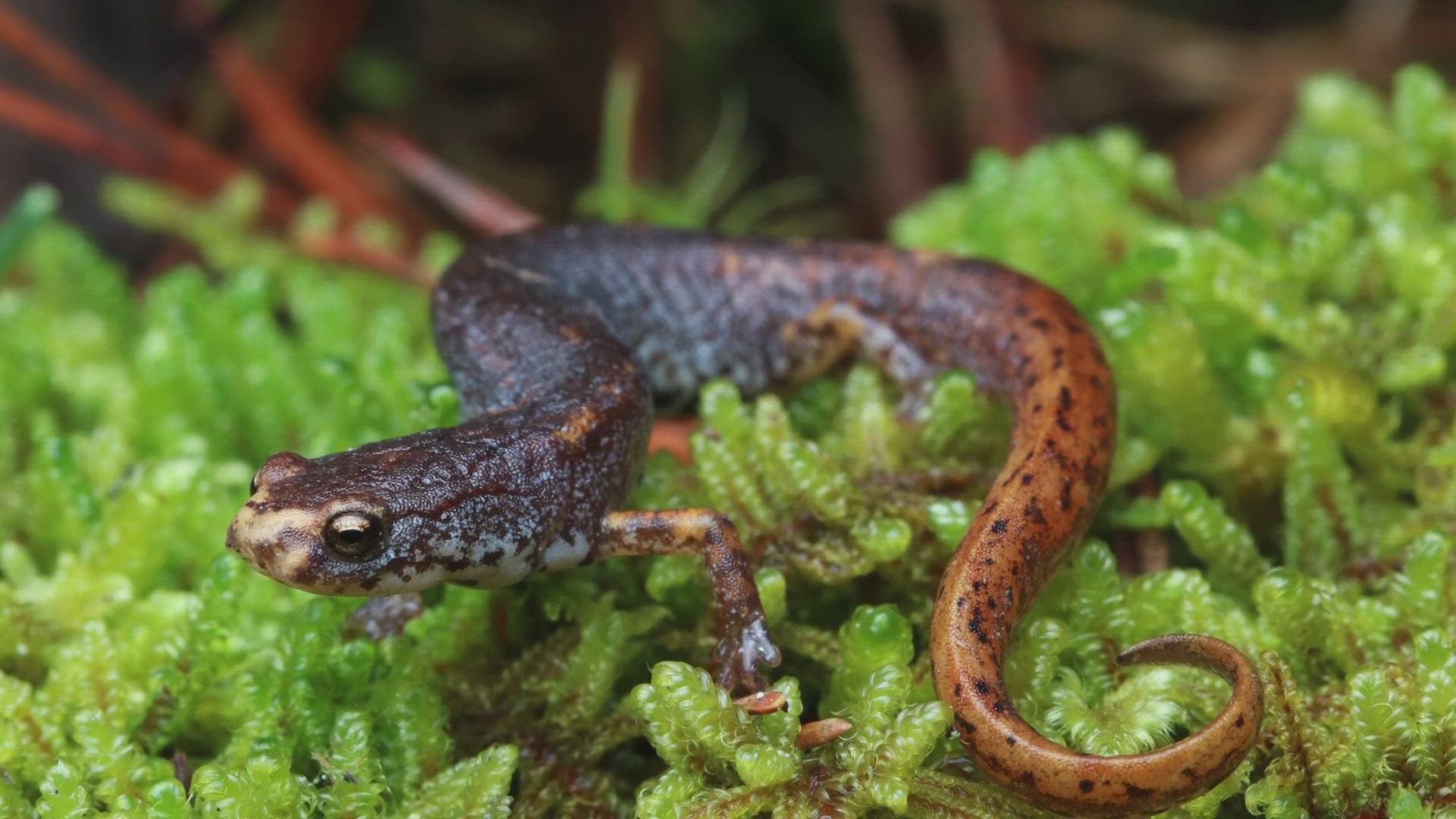OAK RIDGE, Tenn. — Scientists at Oak Ridge National Lab are developing crosswalks for wildlife on the reservation, especially four-toed salamanders, who are considered at risk.
Evin Carter, a researcher on the lab, said roads are a barrier for most animals who live in Oak Ridge's wetlands.
"They don't move across the landscape as much," Carter said. "We really want to use the Oak Ridge Reservation and the National Environmental Research Park as a proof of concept for good management practices."
Carter worked with UT graduate student Bryce Wade to study the movement patterns of the four-toed salamander. Their goal was to create ways for wildlife to move around their habitat, especially around roads, to promote biodiversity.
"Things that are more diverse are more resilient to change," Wade said.
The researchers said they identified 438 sites on the Oak Ridge Reservation where they could install the wildlife crosswalks. Wade said open-bottomed culverts are a good way for the wetland and the animals to traverse under development, like roads.
"It looks almost like an arch that goes into the road. That allows for a stream or some other aquatic feature to pass under the road," Wade said.
The Oak Ridge Reservation is a 32,000-acre plot of land, home to Department of Energy facilities.
"The Oak Ridge Reservation was initially set aside as a security buffer for the Manhattan project," Carter said.
Oak Ridge National Lab was created to help develop nuclear material for the atomic bomb during World War II. It's now the nation's largest multi-program science and technology laboratory, its website said.

